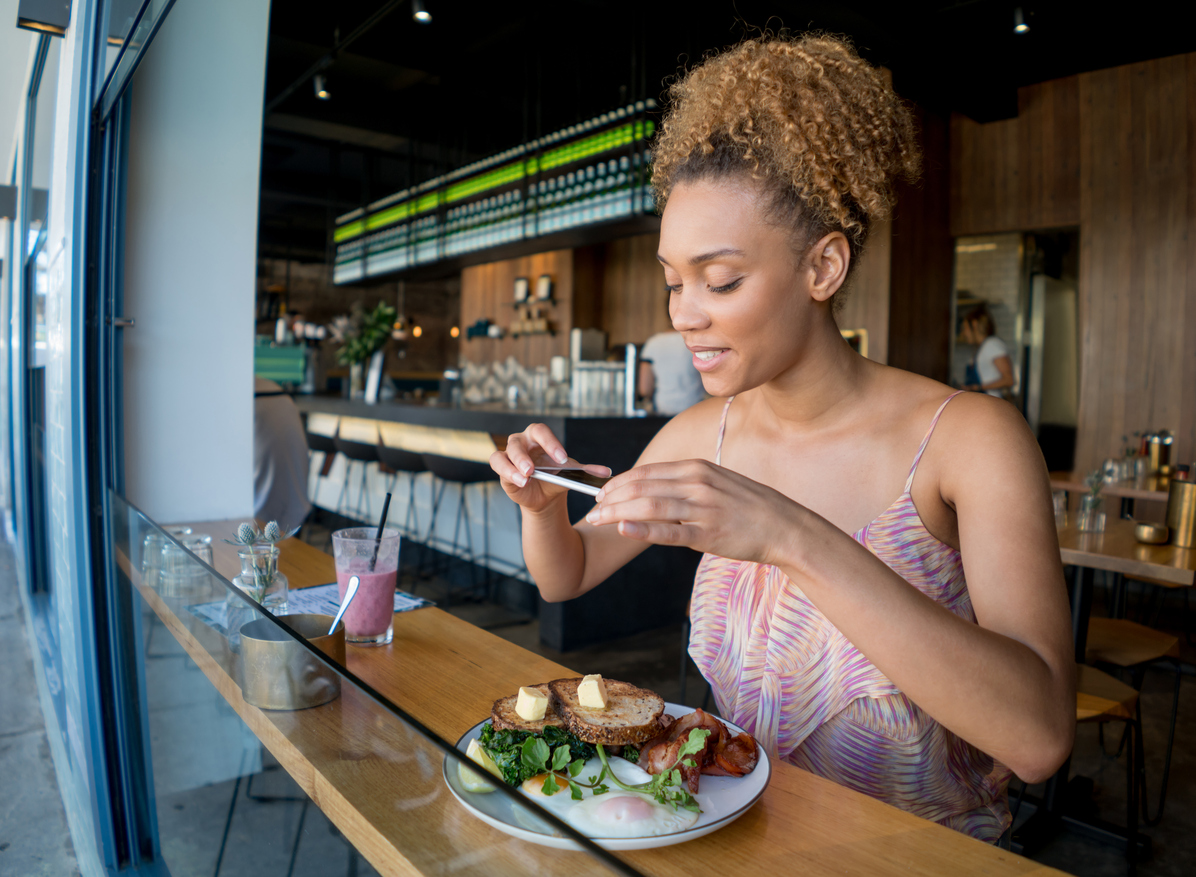

When you are eager to lose weight, you often make many big chances at once. This eventually becomes too much that you can’t keep up. Nutritionist Susan Bowerman shares a few diet tricks that have been tried and tested to help you shed those extra kilos.
By: Grace Mantjiu
1. Eat slowly
Eating slowly allows you time to really enjoy your food. But, learning to slow down can be difficult for people who eat quickly.
Why it works: When you eat slowly, you’re eating more mindfully. That means you pay more attention to your meal and all the pleasurable aspects of it. When you eat mindfully, your meals are more satisfying. This means you eat less and enjoy it more. Also, eating quickly is often a sign that you’ve allowed yourself to become overly hungry – and hungry people tend to dig into the highest calorie foods on their plates first. If you take your time and focus on what you’re doing, you can start with the lowest kilojoule foods in your meal (salad or the veggies) and fill up on those first. Overall, you end up eating less. Eating slowly also allows you to consume more water in-between bites – this helps to fill you up.
2. Aim for at least two fish meals per week
It is often recommended that you aim for a couple of fish meals per week. This will give you the health benefits from the omega-3 fatty acids that fish and seafood contain. But, many people don’t eat fish that often. Eating more fish, including seafood, not only helps to improve the quality of your diet, but also help you save some kilojoules. This is because fish are typically lower in kilojoules than other protein sources.
Why it works: As long as it’s not cooked with a lot of fat, most fish and seafood have fewer calories per serving than other sources of protein. So, trading a serving of steak for grilled seafood will save you a couple hundred calories. One study has even suggested that fish – when compared with other animal sources of protein – has more staying power. So, eating it instead of beef or chicken will not only save you calories on that meal, but will also help you to eat less on your next meal, too.
3. Switch from refined grains to whole grains
Whole grains – such as quinoa, brown rice, whole wheat pasta and 100% whole grain bread – offer you more in terms of nutrition than refined grains such as white bread and rice as well as traditional pasta. This is because whole grains naturally contain fibre, vitamins, minerals and phytonutrients that are mostly stripped away when the grains are processed. But, switching from refined grains to whole grains will also help you control your kilojoule intake, since they are more filling.
Why it works: Firstly, whole grain foods are more filling than refined grains, since they generally have a higher content of fibre. Higher fibre foods also take longer to digest than refined carbohydrates, which gives them more staying power. Additionally, many whole grain foods tend to have fewer kilojoules per serving than their refined counterparts – a cup of cooked white rice (150g) has about 8 400 kilojoules while the same amount of brown rice has about 651 kilojoules. While those amounts do not sound like much, when you make these changes consistently, they add up to significant savings over the course of a week.
4. BONA SUGGESTS – Buying a pair of weight loss jeans
Milady’s have just launched their WonderFit range and it’s so exciting! The jeans feature the belly-flattering tummy control with clever stitching in the front pockets that slims from within. Best of all, they come in sizes 32-50 and are super affordable at R339. These are a must have for any woman!
Find out more about these fantastic jeans here.





